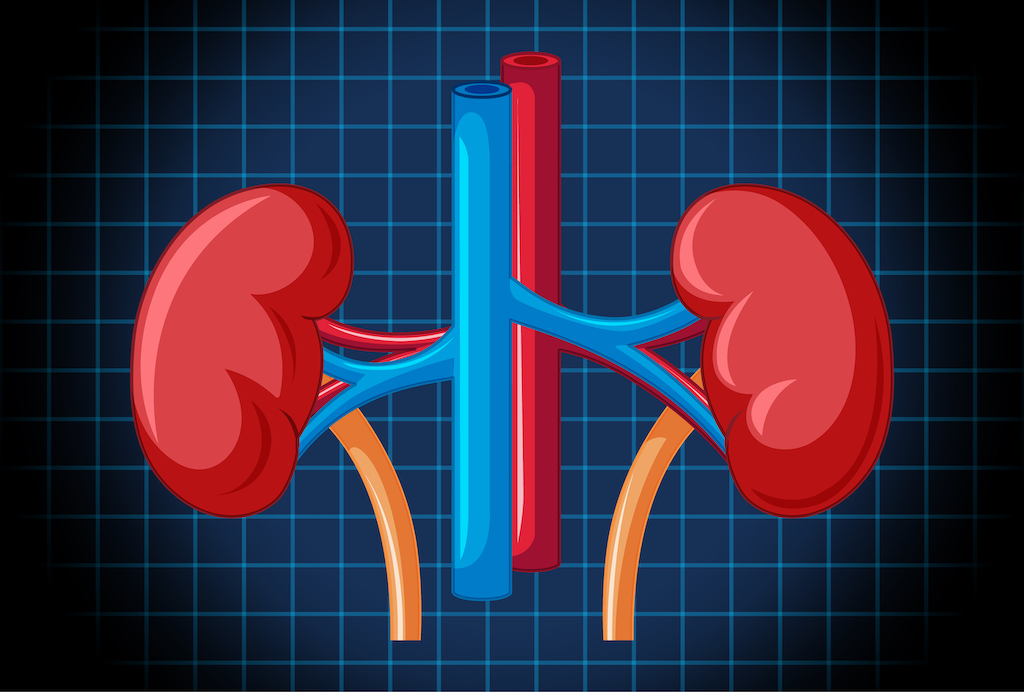The kidney is one of the vital organs in the human body, responsible for filtering waste products and excess fluids from the blood. When the kidneys fail, the body can no longer maintain the proper balance of fluids and electrolytes, leading to serious health complications. Kidney’s transplantation is a medical procedure that involves replacing a diseased or non-functioning kidney with a healthy one from a donor. The history of kidney transplant is a fascinating journey of scientific curiosity, medical innovation, and human perseverance.
The Early Days of Kidney Transplant
In the early 20th century, scientists and physicians were beginning to explore the possibility of transplanting organs from one person to another. However, the immune system posed a significant challenge, as it could detect and attack foreign tissues, leading to organ rejection. The first documented attempt at kidney transplantation was performed in 1902 by the Austrian surgeon Emerich Ullmann. He transplanted a kidney from a dog to a young woman with kidney failure, but the recipient died shortly after the procedure due to infection and rejection.
The Milestones in Kidney Transplantation
Over the next few decades, researchers and clinicians made significant progress in understanding the immune system and developing techniques to prevent organ rejection. In 1954, Dr. Joseph Murray performed the first successful kidney transplant between identical twins at the Peter Bent Brigham Hospital in Boston. The recipient, Richard Herrick, lived for eight years with his new kidney, which was donated by his brother Ronald. This breakthrough opened the door to more extensive studies and trials of kidney transplantation.
The Evolution of Kidney Transplantation Techniques
In the 1960s and 1970s, the field of kidney’s transplantation saw many technological advancements, including the development of immunosuppressive drugs, which could suppress the immune system’s response to foreign tissues. This led to an increase in the number of kidney transplants performed and improved survival rates for recipients. In 1967, Dr. Christiaan Barnard performed the first successful heart transplant in South Africa, which further boosted the progress and potential of organ transplantation.
The Challenges of Kidney Transplantation
Despite the successes and advancements in kidney transplantation, there were still many challenges to overcome. The shortage of donor organs, the high cost of the procedure, and the risk of infection and rejection were some of the significant obstacles. In the 1980s and 1990s, researchers and medical professionals continued to refine the techniques and protocols for kidney transplantation, with a focus on reducing the risks and complications associated with the procedure.
The Role of Living Donors in Kidney Transplantation
One of the solutions to the shortage of donor organs was to encourage living donors to donate a kidney. Living donor transplants have several advantages over deceased donor transplants, including better outcomes and longer graft survival. However, there were ethical and legal considerations, such as ensuring that the donation was voluntary and informed and that the donor was not coerced or exploited.
The Advances in Immunosuppressive Therapy
Immunosuppressive drugs played a crucial role in preventing organ rejection and improving the outcomes of kidney transplantation. The development of new immunosuppressive agents, such as cyclosporine and tacrolimus, reduced the risk of rejection and allowed for lower doses of steroids, which had significant side effects. However, these drugs also had their risks, such as increased susceptibility to infections.
The Role of Biomedical Engineering in Kidney Transplantation
Biomedical engineering has played a significant role in advancing kidney transplantation techniques. For example, the development of organ preservation solutions and techniques has allowed for longer storage times and increased transportation distances for donor organs. Additionally, the use of 3D printing and other technologies has enabled the creation of personalized implantable devices and scaffolds for tissue engineering, which could potentially eliminate the need for donor organs altogether.
The Future of Kidney Transplantation
As the field of kidney transplantation continues to evolve and improve, the future looks promising. The use of stem cells and other regenerative medicine approaches may lead to the development of new therapies for kidney disease and the regeneration of damaged or diseased kidneys. Additionally, the use of artificial intelligence and machine learning algorithms could help optimize the matching of donors and recipients, predict outcomes, and reduce the risks of complications.
FAQs
Who can donate a kidney?
In general, living donors must be in good health, free from any infectious or chronic diseases, and willing to undergo a thorough evaluation process to determine their suitability as a donor. Deceased donors must meet specific criteria for organ donation, such as brain death and consent from the donor or their family.
How long does a kidney transplant last?
The lifespan of a transplanted kidney depends on various factors, such as the age and health of the recipient, the quality of the donor organ, and the effectiveness of immunosuppressive therapy. On average, a kidney transplant can last between 10 and 15 years, but some can last much longer.
What are the risks of kidney transplantation?
The risks of kidney transplantation include infection, bleeding, organ rejection, and side effects from immunosuppressive drugs. Additionally, there may be complications related to surgery or anesthesia, such as blood clots or damage to surrounding tissues or organs.
Conclusion
The history of kidney transplantation is a testament to human ingenuity, perseverance, and compassion. Despite the challenges and obstacles, researchers, clinicians, and patients have continued to push the boundaries of medical science and technology to improve the lives of those with kidney disease. The future of kidney transplantation looks bright, with the potential for new therapies, techniques, and innovations that could transform the field and offer hope to millions around the world.

